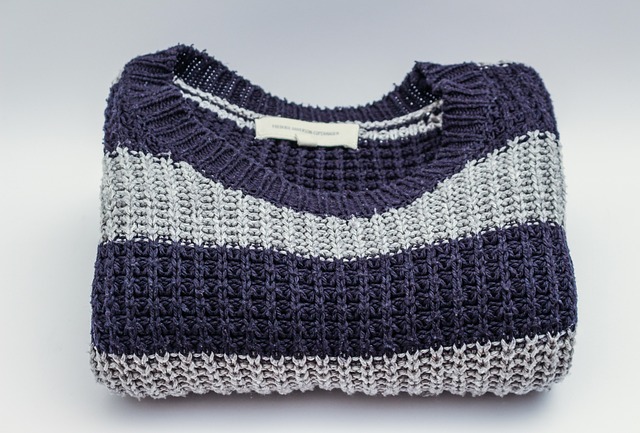The Art of Layering: Mastering Textures for Year-Round Style
Introduction: In the ever-evolving world of fashion, one technique stands out as both practical and stylish: layering. This versatile approach to dressing allows you to create depth, dimension, and visual interest in your outfits while adapting to changing temperatures throughout the day. But mastering the art of layering goes beyond simply piling on clothes; it's about understanding how to combine textures, colors, and proportions to create a cohesive and sophisticated look.

The key to successful layering lies in understanding how different fabrics and materials interact with one another. Mixing textures adds depth and visual interest to your outfit, creating a rich, multi-dimensional look that catches the eye. For example, pairing a silk blouse with a chunky knit sweater creates an intriguing contrast that’s both stylish and unexpected.
Texture Play: The Secret Ingredient
When it comes to layering, texture is your secret weapon. By combining different textures, you can create outfits that are visually engaging and tactilely interesting. Consider mixing smooth fabrics like silk or satin with rougher textures like wool or tweed. This juxtaposition adds depth to your look and creates a sense of balance between the different elements of your outfit.
Some texture combinations to experiment with include:
-
Leather and lace
-
Denim and cashmere
-
Velvet and linen
-
Sequins and cotton
-
Faux fur and silk
Remember, the goal is to create a harmonious blend of textures that complement rather than compete with one another.
Proportions and Silhouettes
Mastering the art of layering also involves understanding how to balance proportions and silhouettes. The key is to create a streamlined look that doesn’t appear bulky or overwhelming. Here are some tips to keep in mind:
-
Start with a thin base layer and gradually increase the thickness of each subsequent layer
-
Pair fitted pieces with looser, more voluminous items
-
Use belts or tailored pieces to define your waist and create shape
-
Experiment with different lengths to add visual interest and elongate your silhouette
By playing with proportions, you can create layered looks that are both flattering and stylish, regardless of your body type.
Color Coordination in Layering
While texture is crucial, color plays an equally important role in successful layering. The key is to create a cohesive color palette that ties your entire look together. There are several approaches you can take:
-
Monochromatic: Choose different shades of the same color for a sleek, sophisticated look
-
Complementary: Opt for colors that are opposite each other on the color wheel for a bold, eye-catching ensemble
-
Analogous: Select colors that are next to each other on the color wheel for a harmonious, put-together appearance
-
Neutral base with pops of color: Use neutral pieces as a foundation and add colorful accents through accessories or statement pieces
Remember, the goal is to create a cohesive look where each layer complements the others, rather than clashing or overwhelming the eye.
Seasonal Layering Strategies
One of the greatest advantages of mastering the art of layering is its versatility across seasons. Here’s how you can adapt your layering technique throughout the year:
Spring:
-
Light layers like cardigans, denim jackets, and silk scarves
-
Mix pastels with neutral tones for a fresh, seasonal look
Summer:
-
Focus on lightweight fabrics like linen and cotton
-
Use sheer layers for added dimension without excess warmth
Fall:
-
Incorporate heavier textures like wool, suede, and corduroy
-
Play with rich, autumnal colors and earth tones
Winter:
-
Experiment with multiple thin layers for warmth without bulk
-
Mix textures like cashmere, leather, and faux fur for a luxe cold-weather look
Expert Tips for Mastering Texture Layering
-
Start with a smooth base layer and gradually add textured pieces
-
Use accessories like scarves, belts, and jewelry to add textural interest
-
Experiment with unexpected texture combinations, like pairing a sequined top with a chunky knit cardigan
-
Balance rough textures with smooth ones to create visual harmony
-
Consider the overall silhouette when layering different textures
-
Don’t be afraid to mix formal and casual textures for a modern, eclectic look
-
Use texture to create focal points in your outfit
-
Remember that textures can affect the perceived weight and warmth of your layers
In conclusion, mastering the art of layering with textures is a game-changer for your wardrobe. By understanding how to combine different fabrics, colors, and proportions, you can create versatile, stylish outfits that work for any season or occasion. Remember, fashion is about experimentation and self-expression, so don’t be afraid to push the boundaries and create your own unique layered looks. With practice and confidence, you’ll soon be layering like a pro, turning heads and staying comfortable no matter what the day brings.




